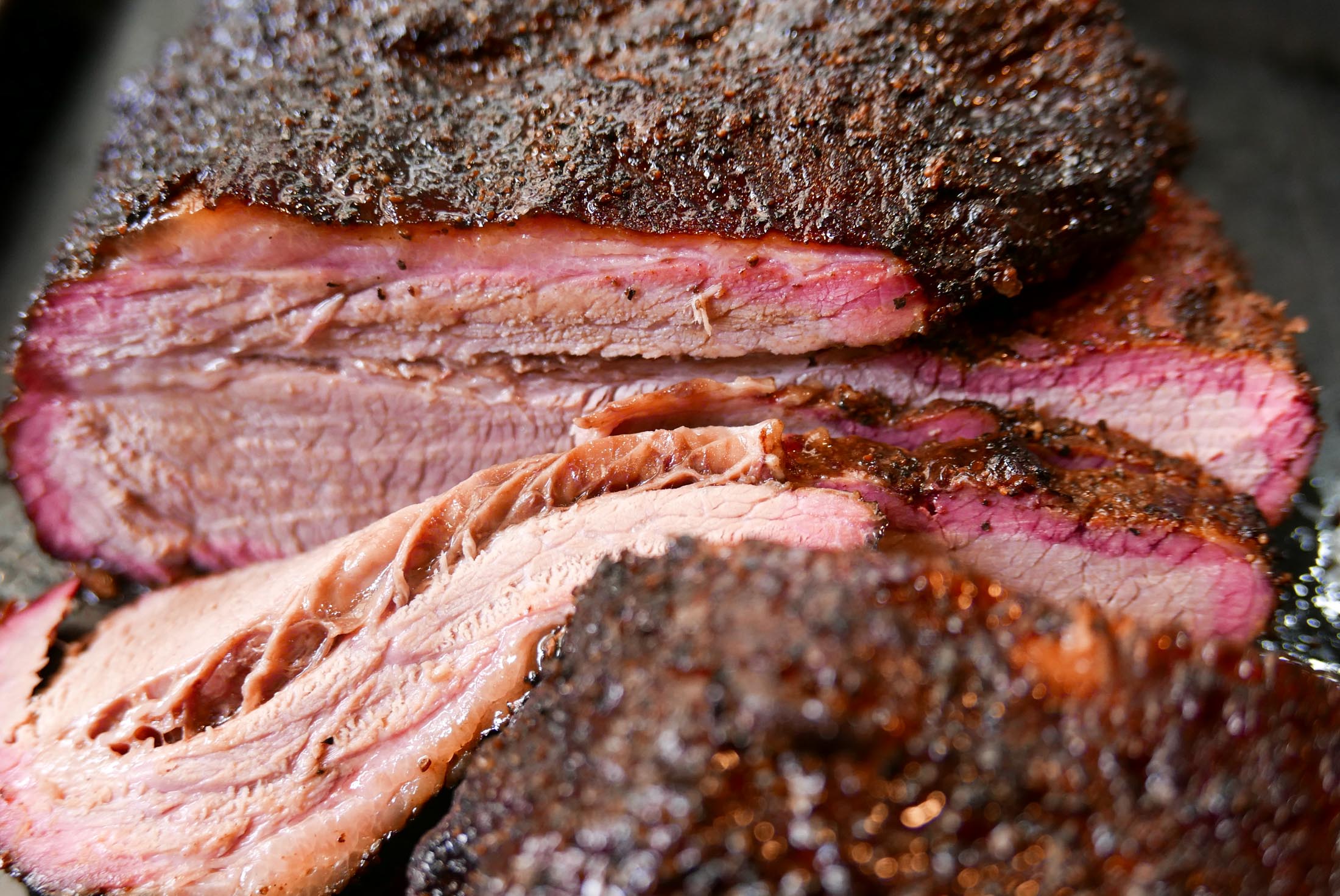
“Unlocking the Mystery: Discovering the Optimal Yield of Briskets per Cow. Delve into the fascinating world of beef production as we explore the intricate details behind the ideal number of succulent briskets derived from a single cow. Join us on this enlightening journey to unravel the secrets and gain valuable insights into maximizing brisket yields for your culinary satisfaction.”
How Many Briskets are There Per Steer?
On a steer carcass, there are two briskets, one from each half carcass. A brisket is made up of two muscles – the flat and the point. At retail, these muscles are often separated, which can be confusing for consumers. The weight of a typical beef brisket from a Hot Carcass is around 30 lbs, but the overall net weight can range from 8-20 lbs due to the removal of deckle and bones. This means that we get two briskets per steer that weigh anywhere from 8-20 lbs each, resulting in two brisket flats and two brisket points.

It’s important to note that not all steers weigh the same at the time of slaughter, so their primal cuts like brisket will offer different weights. The flat muscle makes up most of the brisket at roughly 3-10 lbs. Every bovine (cow, steer, or heifer) has two brisket muscles.
In conclusion, each steer provides two briskets with varying weights between 8-20 lbs each. These result in two brisket flats and two brisket points. The weight and composition of a beef brisket can vary depending on factors such as the removal of deckle and bones. Understanding the anatomy and primal cuts of a steer is essential in order to make informed choices when purchasing and cooking beef.
How Many Briskets Per Cow?
On a cow carcass, there are two briskets, one from each half carcass. Each brisket is made up of two muscles – the flat and the point. At retail, these muscles are often separated, so a single brisket may be sold as two separate cuts. The weight of the briskets can vary depending on the size of the cow at the time of slaughter and the trimming process. A typical beef brisket from a cow weighs around 30 lbs when taken from a hot carcass. However, after removing the deckle and bones, the net weight can range from 8-20 lbs.
Therefore, for each cow, we get two briskets that weigh anywhere from 8-20 lbs each. This results in two brisket flats and two brisket points. The flat makes up most of the brisket at roughly 3-10 lbs.

Which Brisket Side is Better? Left or Right?
There has been a long-standing debate in the barbecue world about whether the left or right brisket side is better. The belief is that the left brisket, which comes from the side that a steer rests on, is more tender than the right brisket because the steer uses its right leg to stand up, resulting in more work for the right brisket. However, research on cattle behavior suggests that this theory may not hold water.
A study on cattle lying behavior found that while some groups of cows showed a preference for lying on their left side, this did not have a significant impact on eating behavior or the time spent lying on either side. Cows also frequently switched sides between consecutive lying bouts, and switching was more likely if the previous bout was recent or long. Based on this research, it seems unlikely that there would be a noticeable difference in tenderness between the left and right brisket.

In my opinion, it doesn’t really matter which side of the brisket you choose. If you were to do a taste test comparing the left and right briskets side-by-side, it is unlikely that you would be able to differentiate between them. So when it comes to choosing a brisket, focus more on factors like marbling and overall quality rather than worrying about which side is better.
In conclusion, the number of briskets per cow depends on various factors such as breed, size, and processing techniques. On average, a cow yields around two briskets, which are popular cuts of meat. However, it is essential to consider individual variations and industry practices when determining the number of briskets obtained from a single cow.
Learn More About Grilling
If you want to learn more about grilling, check out these other helpful resources!











